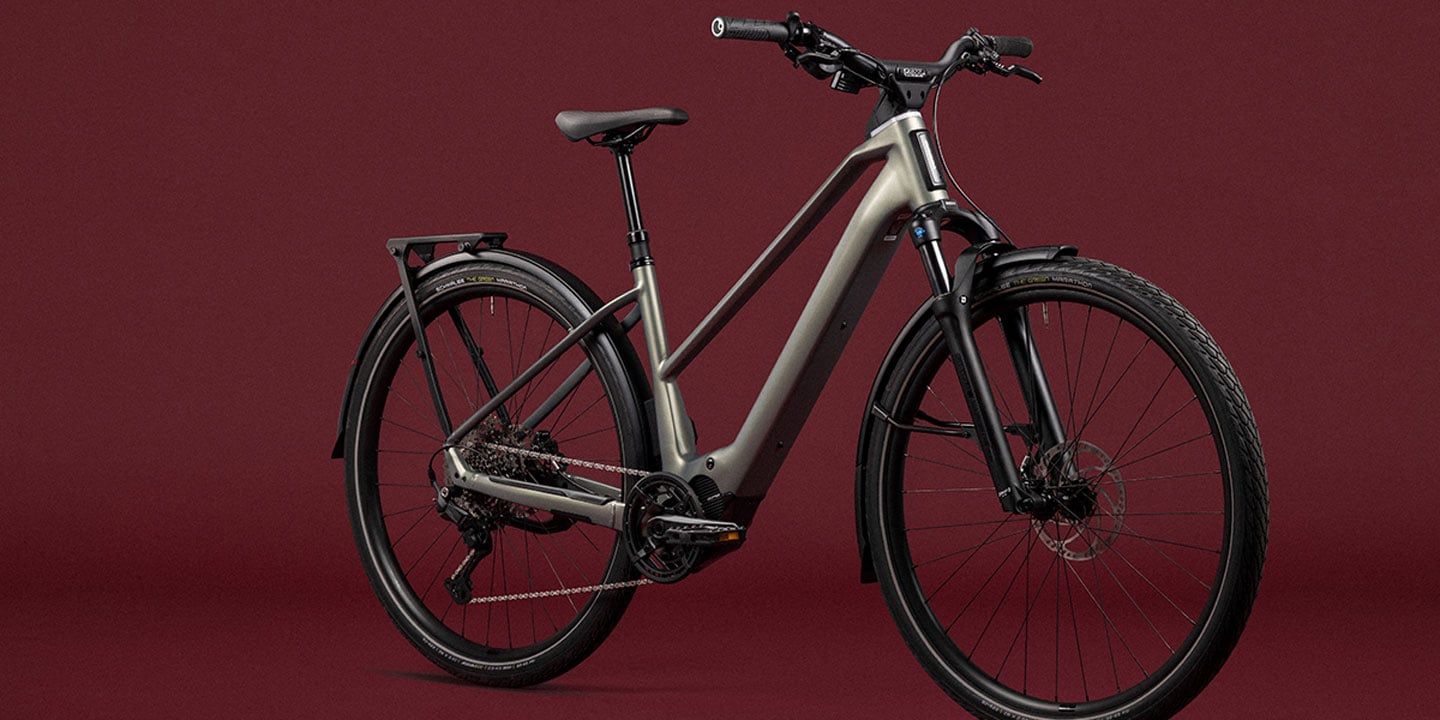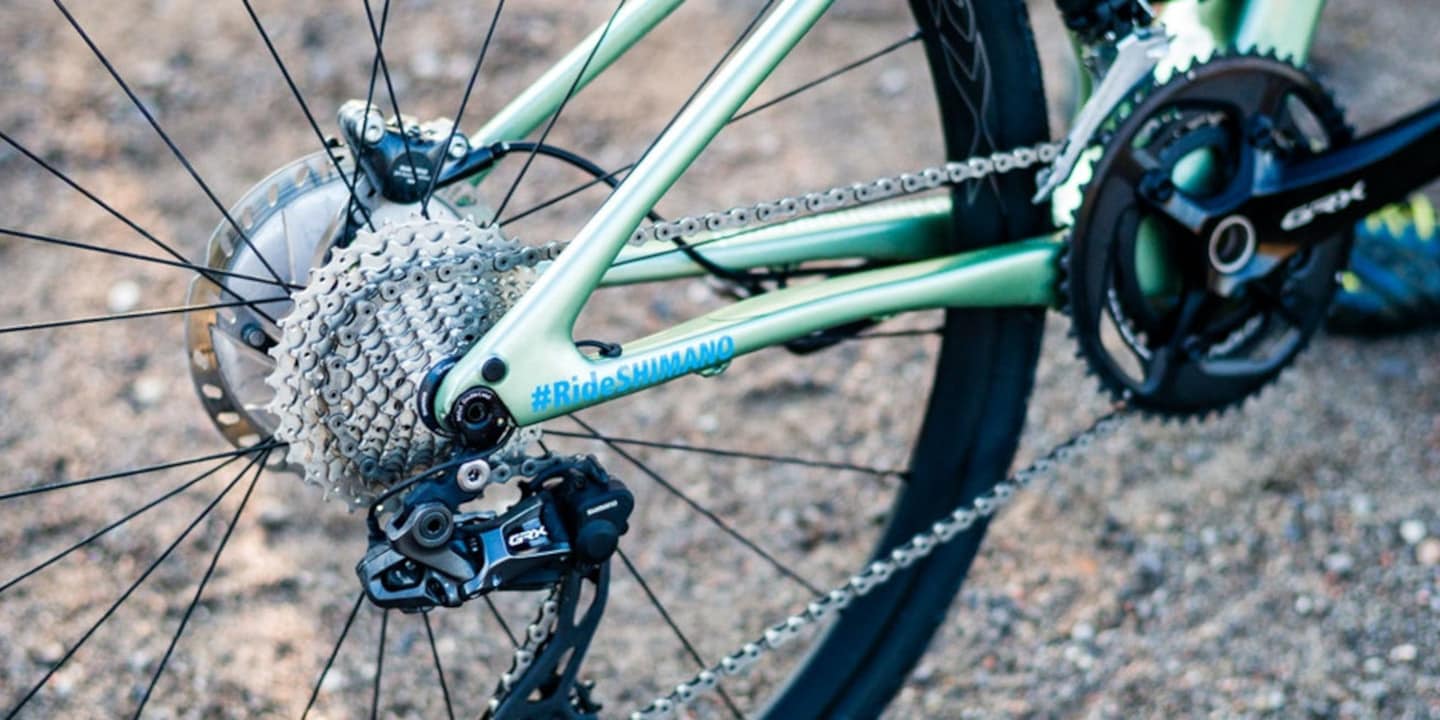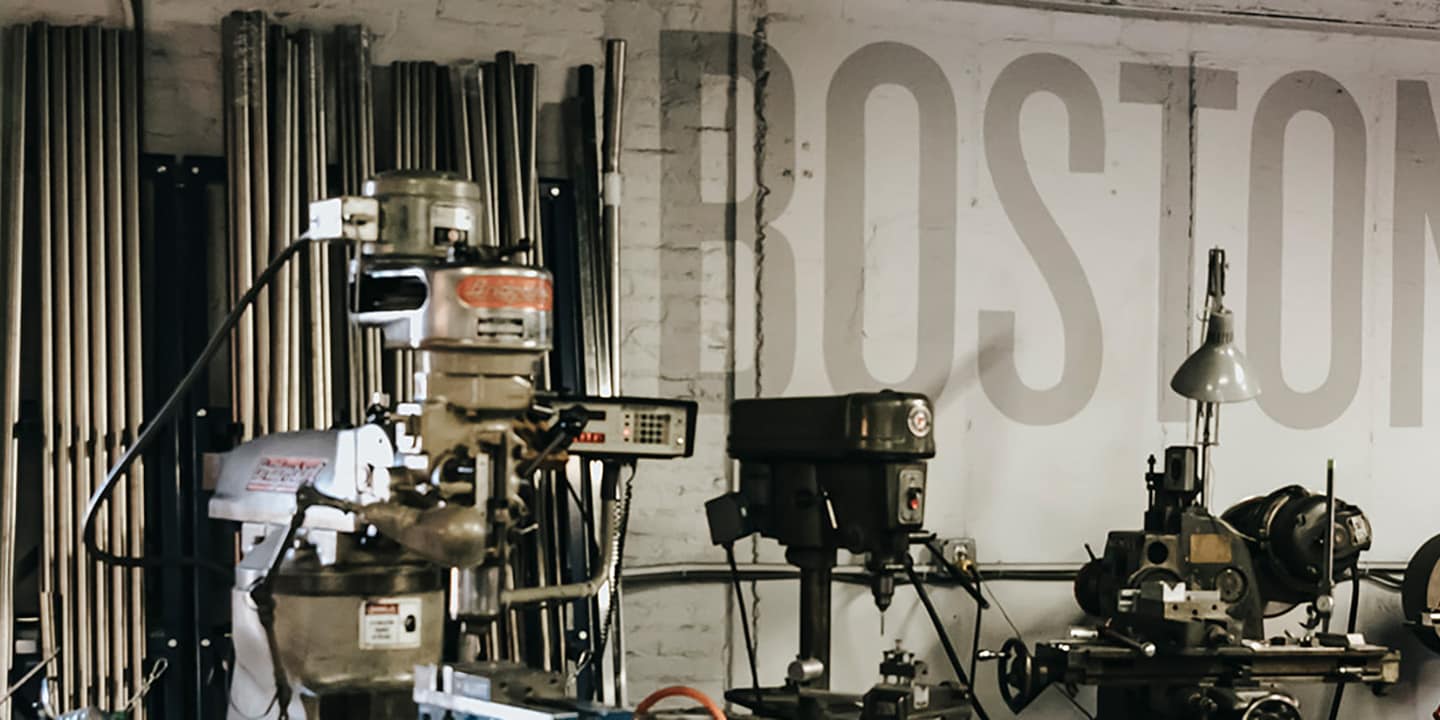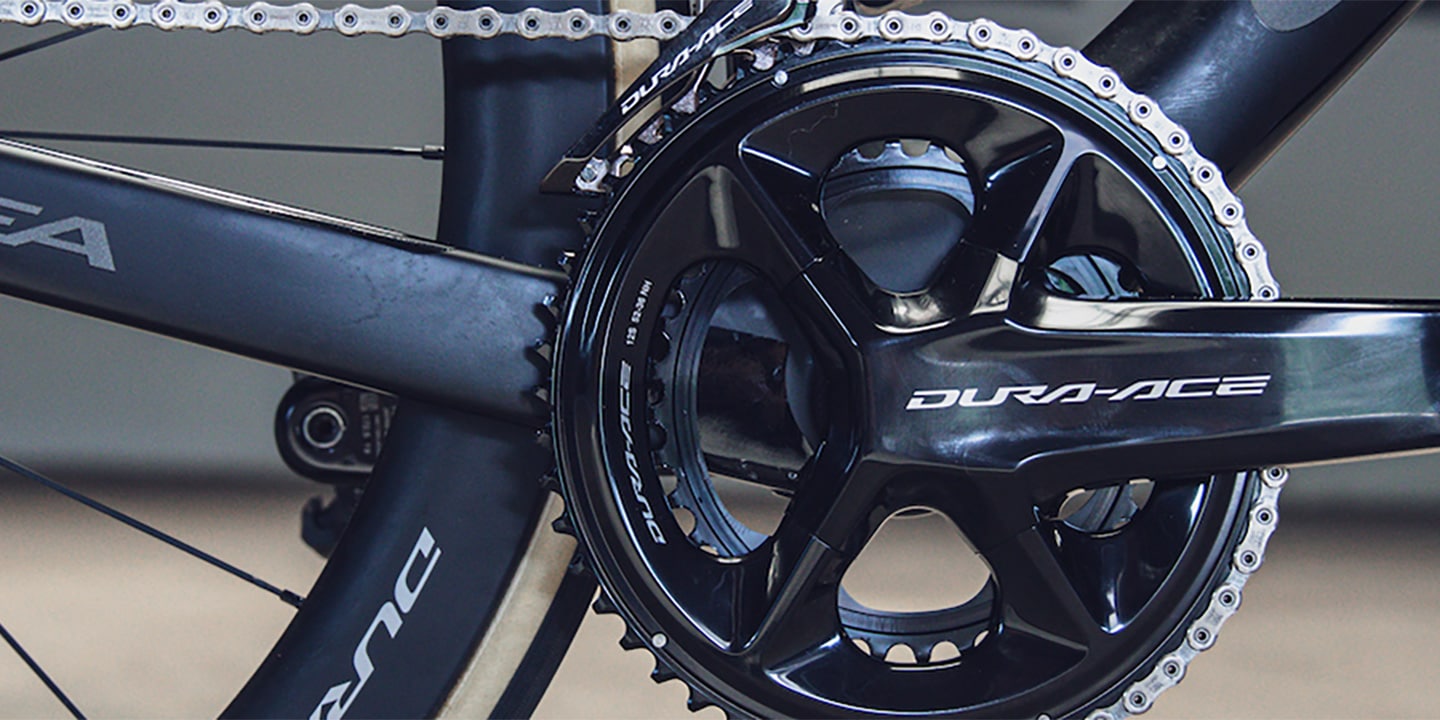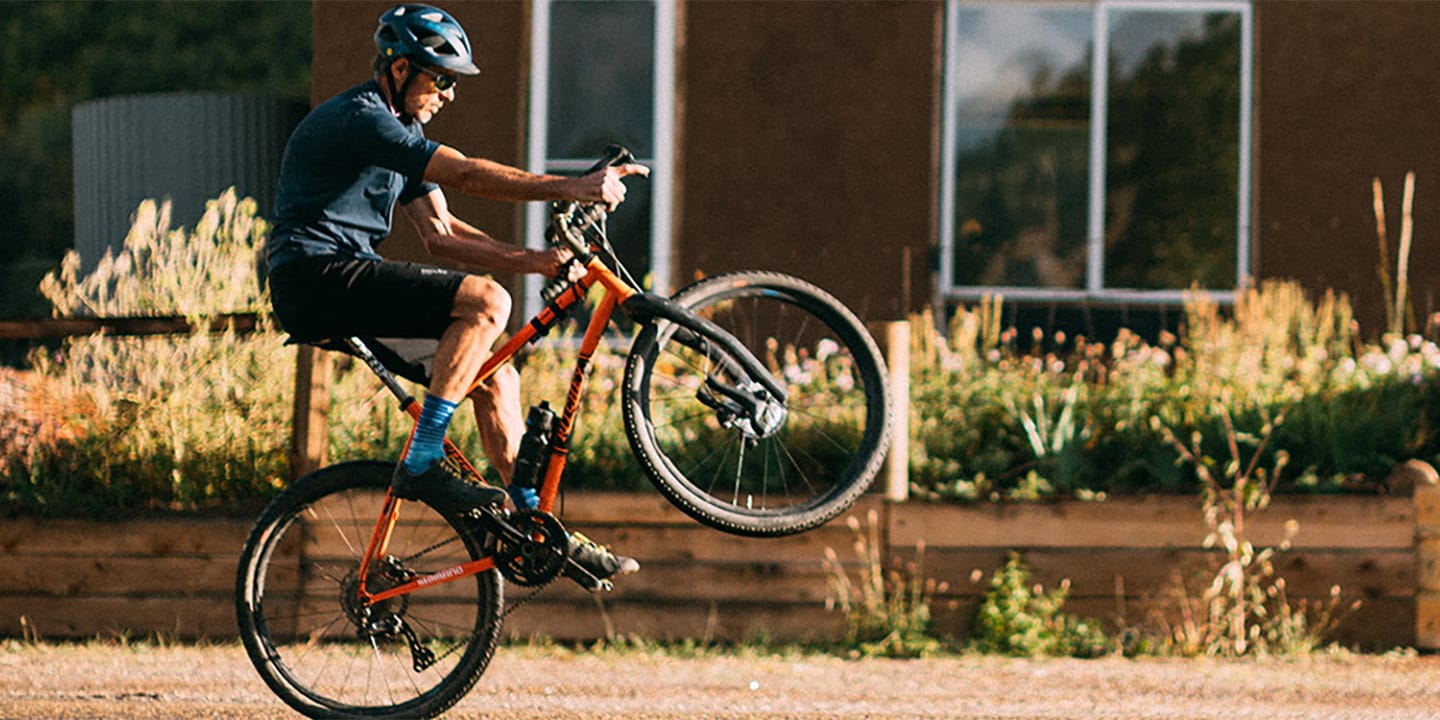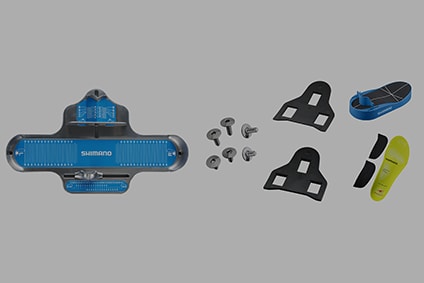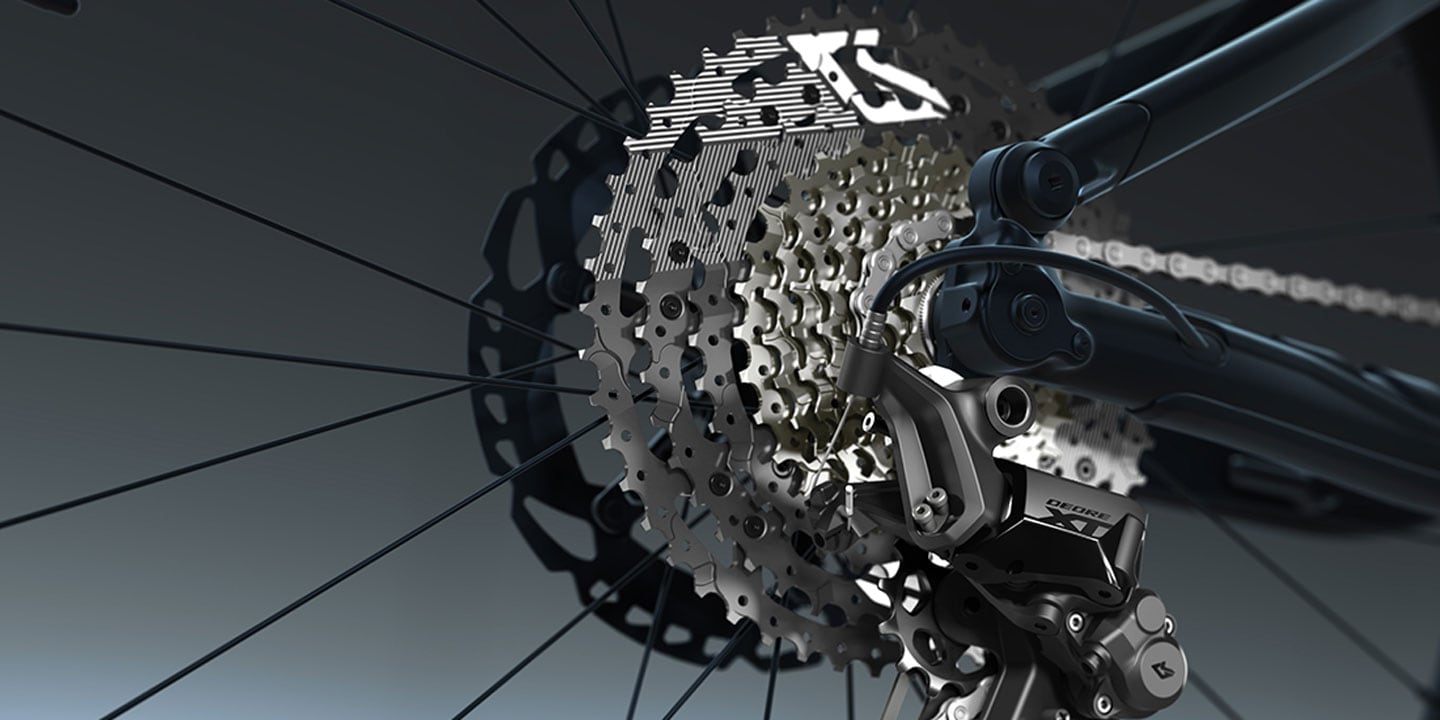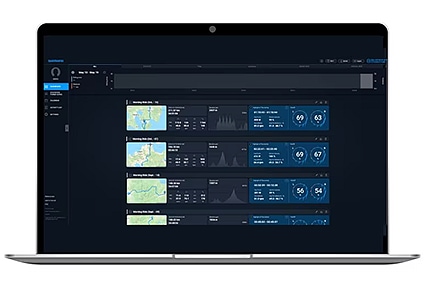-

- SHIMANO Expands GRX Family with RX717 Components
- Featuring More Affordable 1 x 12-Speed GRX Di2 Options
- 17/12/2025
SELECT LOCATION AND LANGUAGE
GLOBAL
AMERICAS
-
BELGIUM
FRANÇAIS
-
BELGIUM
NEDERLANDS
-
NETHERLANDS
NEDERLANDS
-
SWITZERLAND
DEUTSCH
-
SWITZERLAND
FRANÇAIS
-
SWITZERLAND
ITALIANO
-
AUSTRIA
DEUTSCH
-
FRANCE
FRANÇAIS
-
GERMANY
DEUTSCH
-
ITALY
ITALIANO
-
SPAIN
ESPAÑOL
-
PORTUGAL
PORTUGUÊS
-
POLAND
POLSKI
-
UNITED KINGDOM
ENGLISH
-
SWEDEN
SVENSKA
-
DENMARK
DANSK
-
NORWAY
NORSK
-
FINLAND
SUOMI
EUROPE
ASIA
OCEANIA
Your bike, or bikes, should be your pride and joy. With proper maintenance, a bicycle can be more than an efficient means of getting from A to B. More than a tool to improve your fitness or to race your friends and rivals. It can be a source of joy and freedom. A powerful machine that deserves your loving care.
Like cars, bicycles require regular service. Their moving parts need to be cleaned, lubricated, and greased. Chains and drivetrains gradually wear out as you ride, as do tires and brakes. To ensure safety and to maintain your ride’s efficiency, you should care for your bike.
Depending on your rig, care could be as simple as a regular wash and an annual trip to your local service center for basic service. Or as complicated as complete rebuilds after every day of a stage race like the Tour de France or Cape Epic.
Regardless of what type of bike you ride, caring for it should become part of your riding routine. We are here to help you do just that. Our knowledge, original parts, and service centers will ensure your bike keeps running smoothly.
There are many things you can easily do at home, while there are others which your nearest Shimano-certified mechanic can see to. The point is: the better care you take of your bike, the more worry-free hours of riding you will enjoy.
The three key pillars to caring for your bike are:
- Maintenance: Why it matters and what signs to look out for to know when it requires maintenance.
- Shimano Original Parts: Know the benefit of replacing worn components with Shimano Original Parts.
- Shimano Dealer: Take your bike to a Shimano certified mechanic, dealer or service center for regular maintenance and service.
Maintenance: Know your bike
You know your bike. How it responds when you push hard on those pedals. You know every tick, crane, and creek. You can sense when the shifting starts to become inaccurate, and the chain regularly slips from the chainrings or jockey wheels. You should develop this intuitive feel for when things are working well and when they are not. When your bike is not running smoothly or sounding right, it is time for servicing.
Regular maintenance starts far before you get it serviced though. Before each ride, a squeeze test of your tire pressure and a visual check of your bike should suffice. Pressing each tire between your thumb and forefinger will allow you to gauge whether your tires are inflated to a safe pressure.
With practice, you will begin to be able to estimate the pressure of your tires and know whether you need to inflate them slightly before your ride.
Here’s another good pre-ride habit: Check that your axles are properly tightened, that your brakes are functioning well and that all essential bolts are sufficiently torqued.
It takes a few seconds to sweep your gaze across your bike and run your fingers over the key bolts, but it could save you from a nasty crash. Check your brakes at low speed – within the first few seconds of your ride – just to confirm that they are working. You want your brakes to bring you to a stop if you should need to grab a handful of them in case of an emergency.
Washing your bike regularly will also help you identify any potential issues. Use a bicycle washing solution, which helps degrease your drivetrain as well as remove mud and road debris from your bike’s frame.
A soft-bristled brush or a cloth should be used on the frame to scrub off stubborn dirt. While a hard-bristled brush or a chain cleaner can be used on your drivetrain to remove the grime from your chain, cassette and chainrings.
After washing your bike, lubricate the chain. Apply chain lube to the inside of the chain while slowly rotating the pedals backwards to apply a drop of lubricant to each link of the chain. Next, check how freely your wheels rotate.
Make sure the brakes don’t rub and check for any squeaks or a gritty feeling from your bottom bracket or headset. Mountain bikers will also need to check their suspension pivots as well as the stanchions of their shock and fork.
If you identify any particular issue with your bike, it may be time to replace a component – or to service an existing part. Moving parts are subject to wear and tear, especially in wet or muddy conditions. The same is true if your bicycle is exposed to the elements. By being locked up outside your home, office, or station – stored in bright sunlight and overnight.
Replacing with Shimano Original Parts
Bicycles are increasingly fine-tuned and complex machines. This has allowed people to ride further and faster, with greater efficiency. This does mean that, particularly on fine-tuned race bikes, the parts have become increasingly specialized.
Replacing your worn components with the correct Shimano Original Parts will ensure that your bicycle continues to function smoothly and ride as it did when it was brand new. They also play a critical role in your safety, are engineered to last and will help maintain the value of your bike.
These are the five key Benefits of Shimano Original Parts:
- Shimano Original Parts are engineered to last.
- Keep your bike fast and functioning perfectly with Shimano Original Parts.
- Shimano Original Parts work together flawlessly.
- Every Shimano Original Part plays a critical role in keeping you safe.
- The high quality of Shimano Original parts maintains your bike's value.
Brake pads, for both disc and rim brake systems, should be replaced with they become too worn. For rim brake pads this is when the pad is worn to the depth of the grooves in the pad.
For disc brake pads, check whether they are down to about 0.5mm. If they are worn unevenly and part of the brake pad is at risk of rubbing through onto the metal housing, it’s also time to replace them. Installing Shimano original brake pads will ensure that you retain the stopping power of your Shimano brakes.
Your drive train is precision-engineered to function as a single unit. Each link of the chain is designed to match perfectly to the teeth of the chainring and cassette. This ensures that every possible watt you generate to be channeled through the pedals, through the drivetrain, into the rear wheel.
Replacing a stretched chain or worn cassette and chainring with the appropriate Shimano Original Parts will help lengthen the lifespan of the other components in the system. In case of a crash or accident, replacing damaged shifters and brake levers with Shimano Original Parts will also maintain the integrity of your set-up.
Small features that you might not have considered include the ergonomics of your cockpit. You are probably very accustomed to the position and feel of your brakes and shifters. Changing those will not only affect the comfort of your ride but can hinder your ability to instinctively operate them while riding or racing.
Shimano has produced a thorough Original Parts Selector, listing the components and series developed to function together – as a single, all-encompassing cycling unit.
Shimano Certified Mechanic
Depending on where you live you may have access to one of our 1800 Shimano Service Centers. If not, you’ll almost certainly be near an expert Shimano mechanic. Building a relationship with your local bicycle shop will help you care for your bike. They have the technical knowledge required to service your bike and keep it running smoothly.
You can use the Shimano Dealer Locator to search for Shimano-certified dealerships and Service Centers in your area. These are leaders in their field who have been trained to service Shimano components. They will ensure excellent bike care by diagnosing any issue your bike may have and suggesting the appropriate replacement parts. Find out more by visiting http://www.shimanoservicecenter.com.


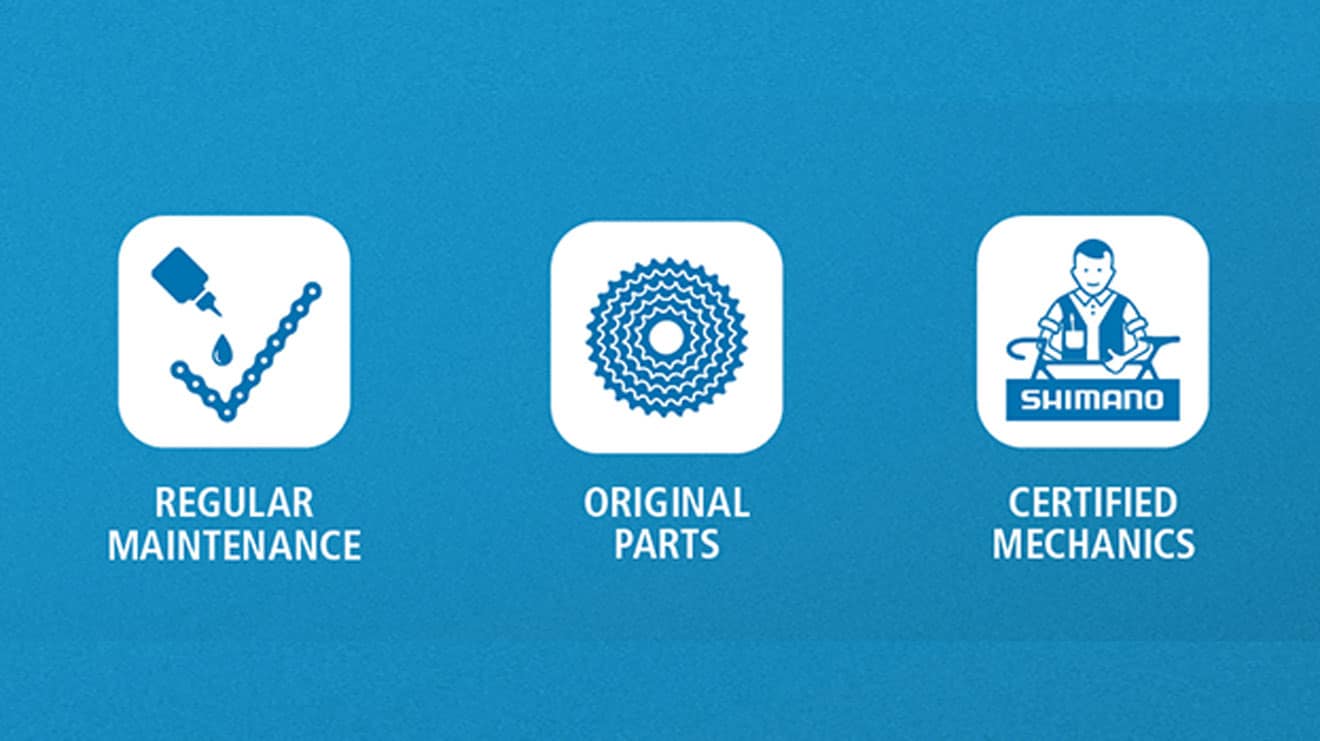

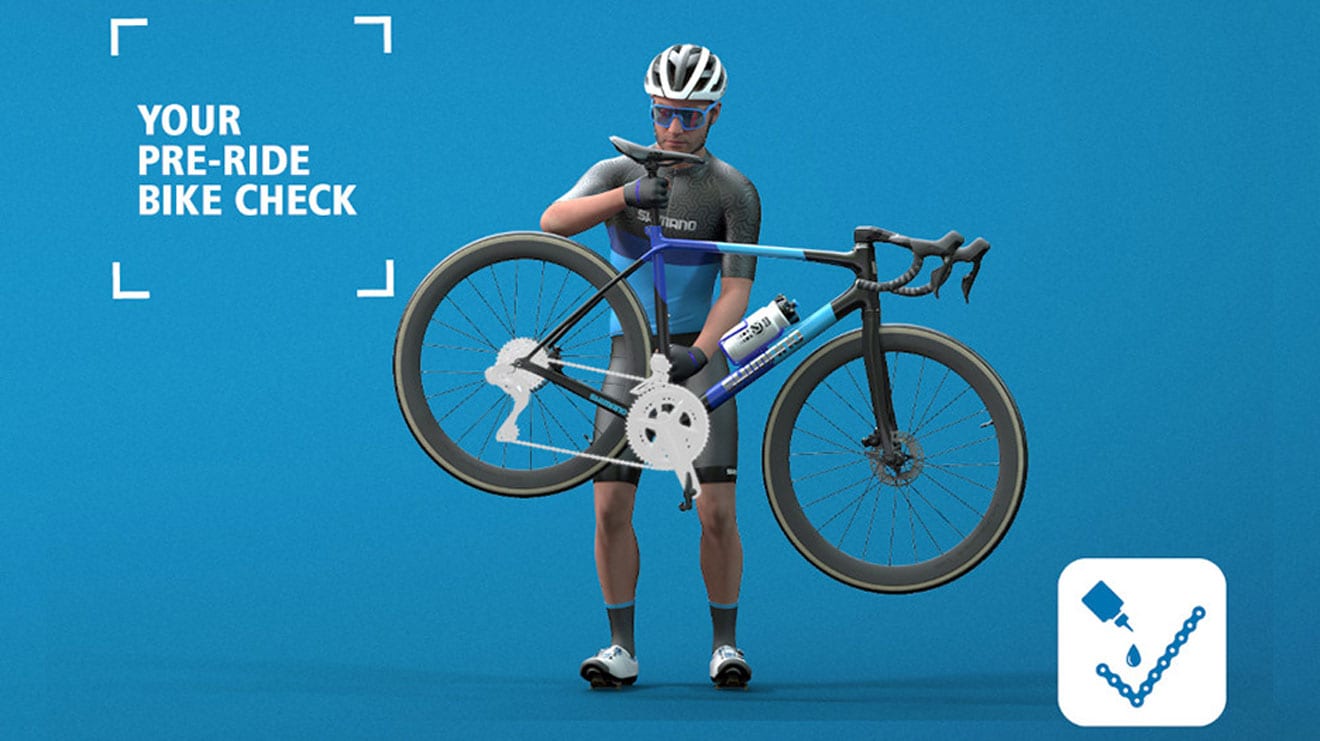






























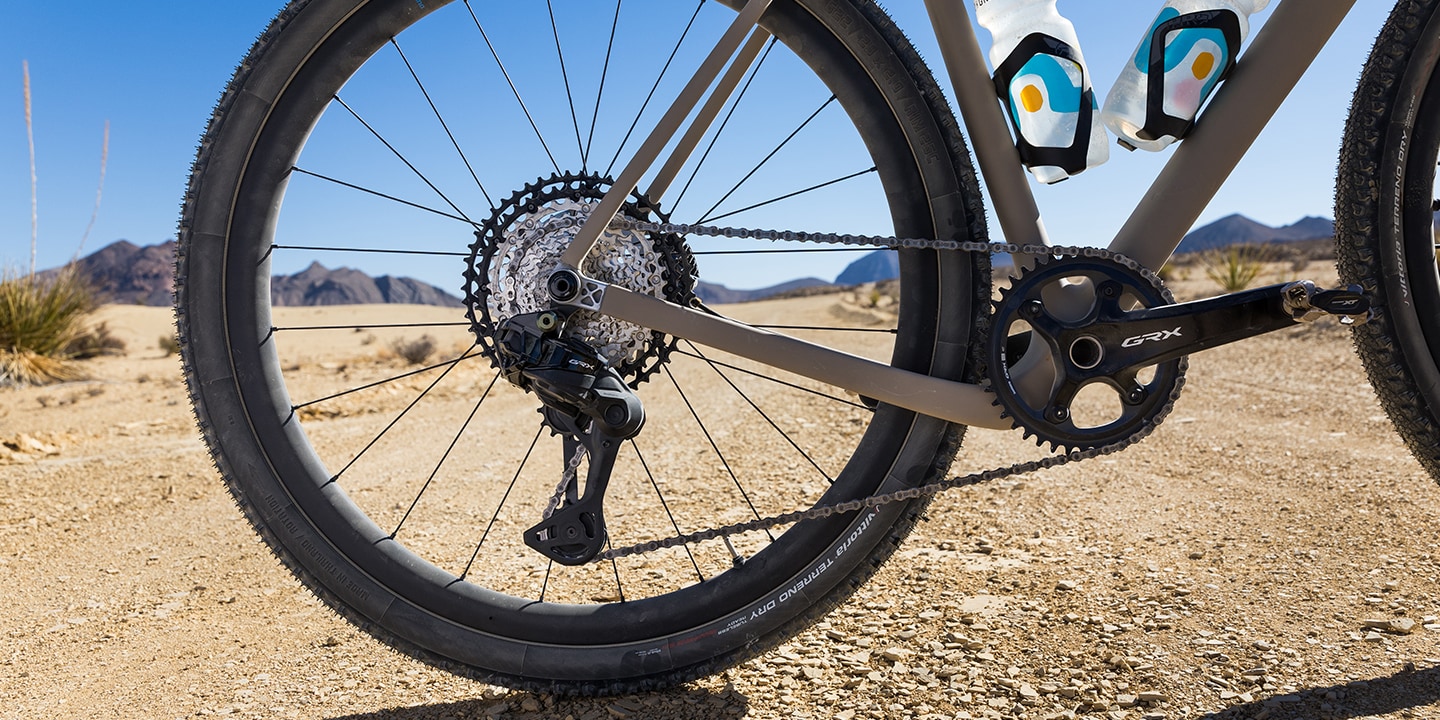

.jpg)
















































